Walden Family Farmers: Jamie and Amy Ager
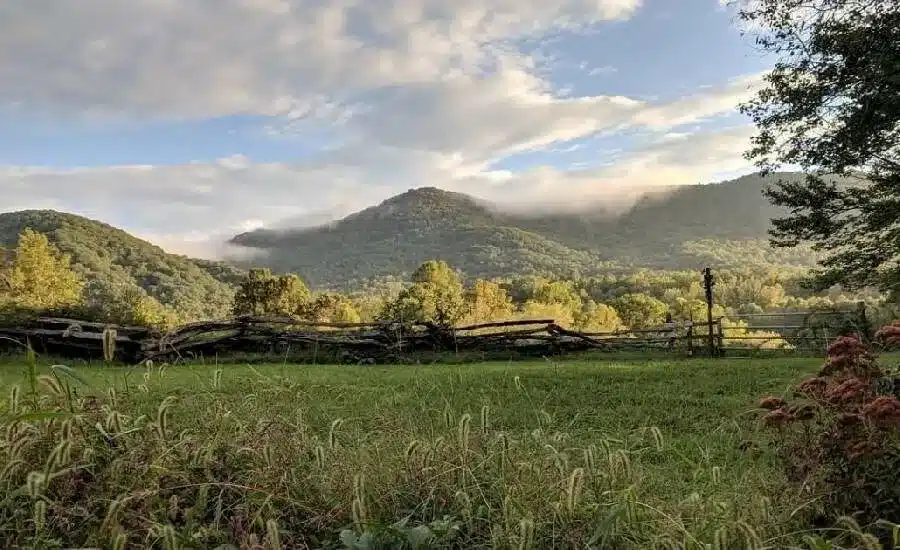
A Fourth-Generation Farmer Building the Future from the Ground Up
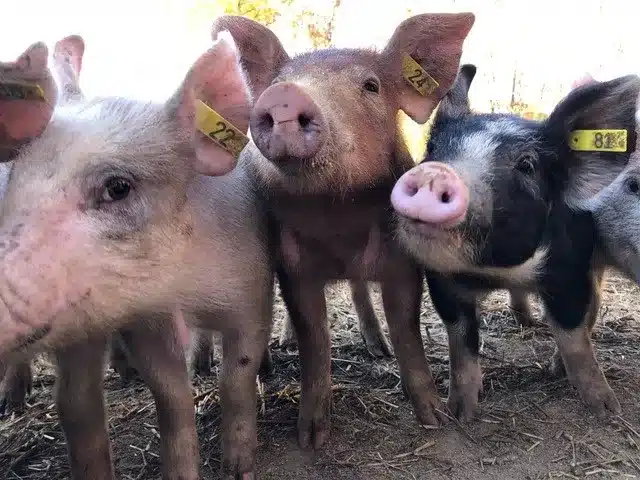
What does it take to save the family farm and help reshape an entire food system in the process?
If you ask Jamie Ager, the answer isn’t a quick fix—it’s a belief system.
Jamie is the fourth-generation steward of Hickory Nut Gap, a family farm tucked into the Blue Ridge Mountains of North Carolina. He and his wife Amy came back to the land over 20 years ago with a dream: to preserve the farm and build something new—something that could stand up to the broken food system they saw all around them.
Two decades later, that dream has turned into one of the most respected regenerative farms in the Southeast.
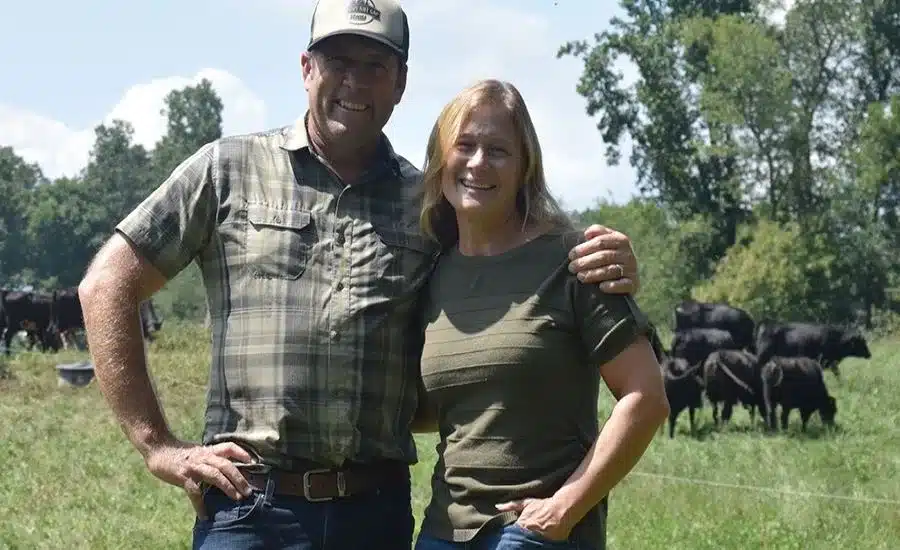
A Belief System Disguised as Agriculture
At Hickory Nut Gap, regenerative farming isn’t a checklist—it’s a way of life. “We think of regenerative as a belief system,” Jamie told us. “It’s not just cover cropping or rotational grazing. It’s about how we treat the land, the animals, and the people doing the work.”
That’s what makes Hickory Nut Gap different. This family farm doesn’t just raise animals; they raise them with purpose, in sync with nature. Cattle graze in tight herds, mimicking the movements of bison on the prairie. Pigs root through invasive plants in the forest. Chickens scratch through pasture in mobile coops, fertilizing the soil as they go.
The result? Healthy soil, happy animals—and undeniably delicious meat.
Flavor That Proves the System Works
“There’s all these values and philosophies,” Jamie says. “But if the product’s not delicious, it doesn’t matter.”
That’s where Hickory Nut Gap delivers—every single bite. Whether it’s pasture-raised pork or 100% grass-fed beef, the flavor is proof that this system works. Jamie’s a fan of the underdog cuts—short ribs, beef cheeks, tongue. Cuts that require care and attention, just like the land itself.
(And yes, the cheeks do end up in his chili.)
Family Roots, Modern Challenges
Saving the family farm is a romantic idea. But in Jamie’s words, “there’s a pain-in-the-ass factor too.” He credits his parents for giving him the freedom (and the responsibility) to figure it out: “They basically said, ‘Do whatever you want—good luck!’”
Over the years, Jamie has learned that running a farm is one thing. Building a team and a community that can row in the same direction? That’s another. “Communication is the hardest part,” he says. “But it’s also what builds trust.”
It’s also what allows Hickory Nut Gap to grow beyond its own fences. The family farm partners with other like-minded producers to ensure consistency and reliability—not just for restaurants and retailers, but for people like you.
Because if we want to build a better food system, it can’t rest on one farm alone.
Rebuilding Trust, One Barn Dance at a Time
Hickory Nut Gap isn’t just a farm—it’s a gathering place. They host barn dances, community events, and even butchery days, where people can see firsthand what real farming looks like. It’s messy. It’s honest. And it’s filled with intention.
“People are craving connection,” Jamie says. “To the land, to their food, to each other.”
That connection runs deep at Hickory Nut Gap—and now, through our partnership, it extends to your Walden share. Starting this spring, Walden members will begin receiving pasture-raised beef from Hickory Nut Gap, alongside cuts from our Northeast farms. It’s the same commitment to land, animal welfare, and flavor—just from further south, where the grass grows in January.
The Next Generation Is Watching
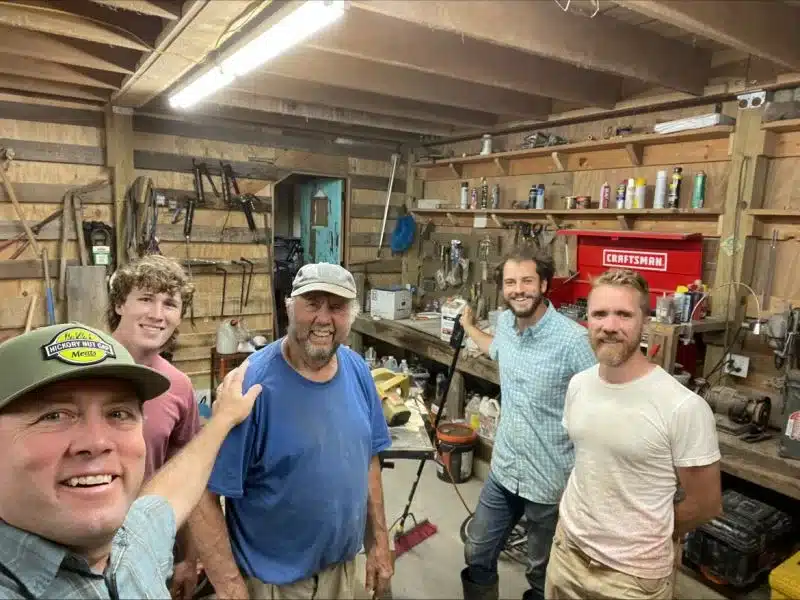
Perhaps what excites Jamie most is what’s coming next. His three sons—Cyrus, Nolan, and Levi—are all stepping into the rhythms of farm life. Nolan, 18, has even started leading Jamie through the workday. “Now I’m just the guy setting the fence posts,” he laughs.
That’s the future: more young farmers learning the craft, growing up with values that don’t treat the land like a commodity, but a relationship to be nurtured.
Because a thriving food system isn’t just about what we grow today—it’s about who’s growing it tomorrow.
Related Posts

Grass-Fed Classic Eggnog
A rich and creamy eggnog made with Walden’s milk and eggs.
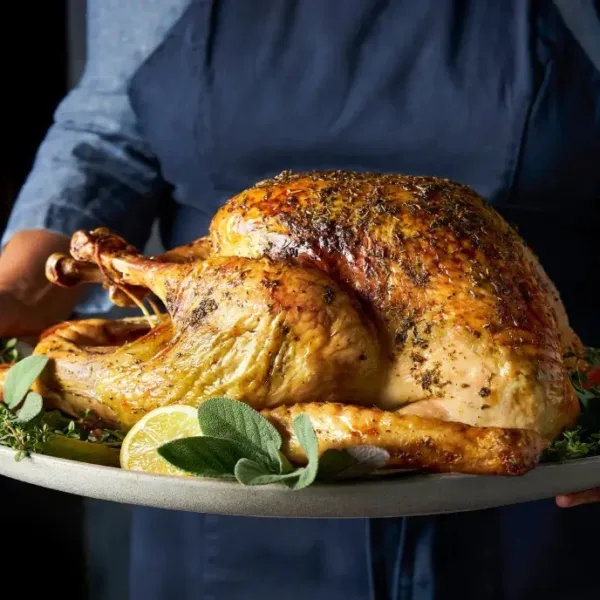
Cooking Your Pasture-Raised Turkey
The difference between a Thanksgiving turkey raised outdoors on pasture and one raised inside in confinement is significant.
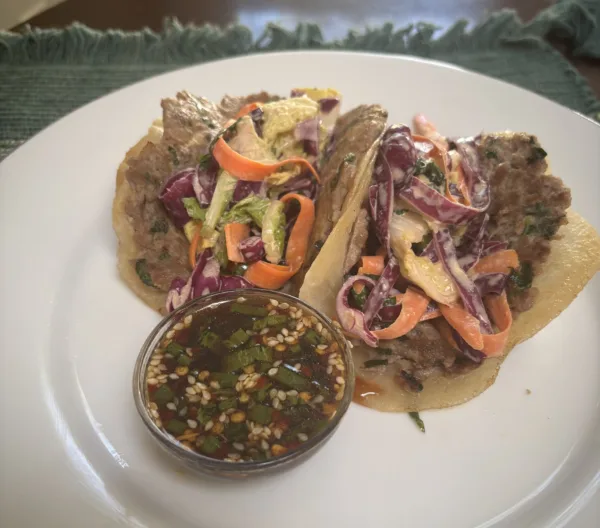
Smash Dumpling Tacos with Walden Pork
A novel (and delicious!) way to use ground pork in your weeknight rotation.